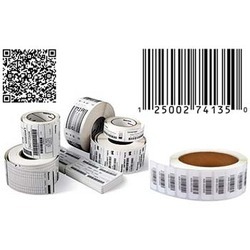
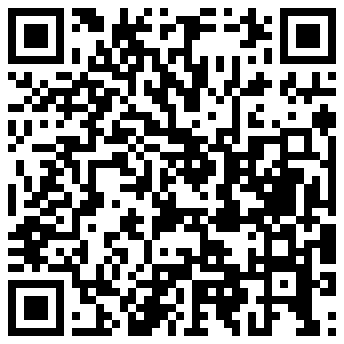
QR CODE
QR code (abbreviated from Quick Response Code) is the trademark for a type of matrix barcode (or two-dimensional barcode) first designed for the automotive industry in Japan. A QR code uses four standardized encoding modes (numeric, alphanumeric, byte/binary, and kanji) to efficiently store data; extensions may also be used.
The QR code system became popular outside the automotive industry due to its fast readability and greater storage capacity compared to standard UPC barcodes. Applications include product tracking, item identification, time tracking, document management, and general marketing.
A QR code consists of black squares arranged in a square grid on a white background, which can be read by an imaging device such as a camera, and processed using Reed–Solomon error correction until the image can be appropriately interpreted.
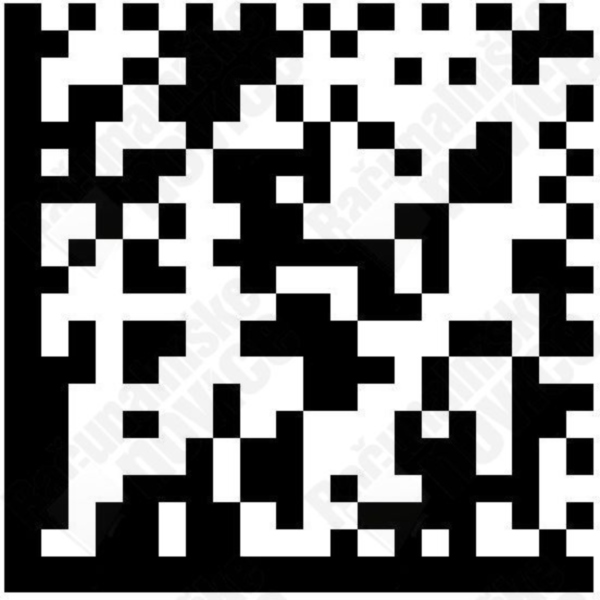
DATAMATRIX BARCODES
DATAMATRIX codes are 2D barcodes used to label small items, goods, and documents. Their tiny footprint makes them ideal for small products in logistics and operations. In fact, the US Electronic Industries Alliance (EIA) recommends that they be used to label small electronic components. Similar to QR codes, they have high fault tolerance and fast readability.
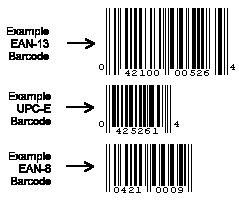
EAN BARCODES
EAN are also used to label consumer goods worldwide for point-of-sale scanning, primarily in Europe. They look very similar to UPC codes, and the main distinction is their geographical application. While EAN-13 (comprising 13 digits) is the default form factor, you’ll find EAN-8 (covering 8 digits) barcodes on products where only limited space is available, like small candies
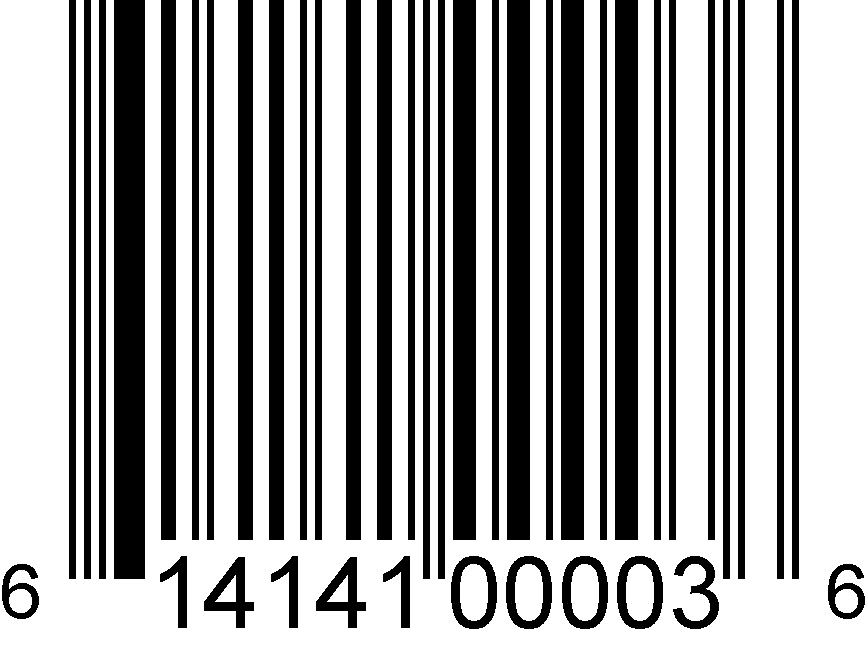
UPC BARCODES
UPC Barcodes are used to label and scan consumer goods at points-of-sale around the world—mainly in the United States, but also in the United Kingdom, Australia, New Zealand and other countries. The UPC-A variation encodes 12 numerical digits while UPC-E is a smaller variation, which encodes only 6 numerical digits.

PDF417
PDF417 codes are 2D barcodes are used in applications that require the storage of huge amounts of data, such as photographs, fingerprints, signatures, text, numbers, and graphics. They can hold over 1.1 kilobytes of machine-readable data, making them much more powerful than other 2D barcodes. Like QR codes, PDF417 barcodes are public domain and free to use